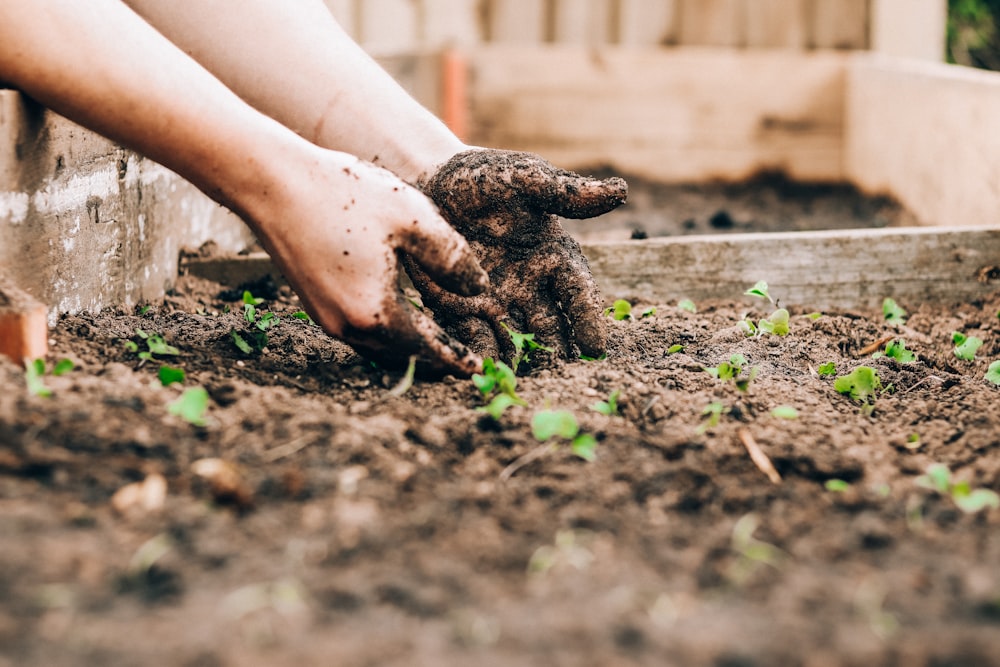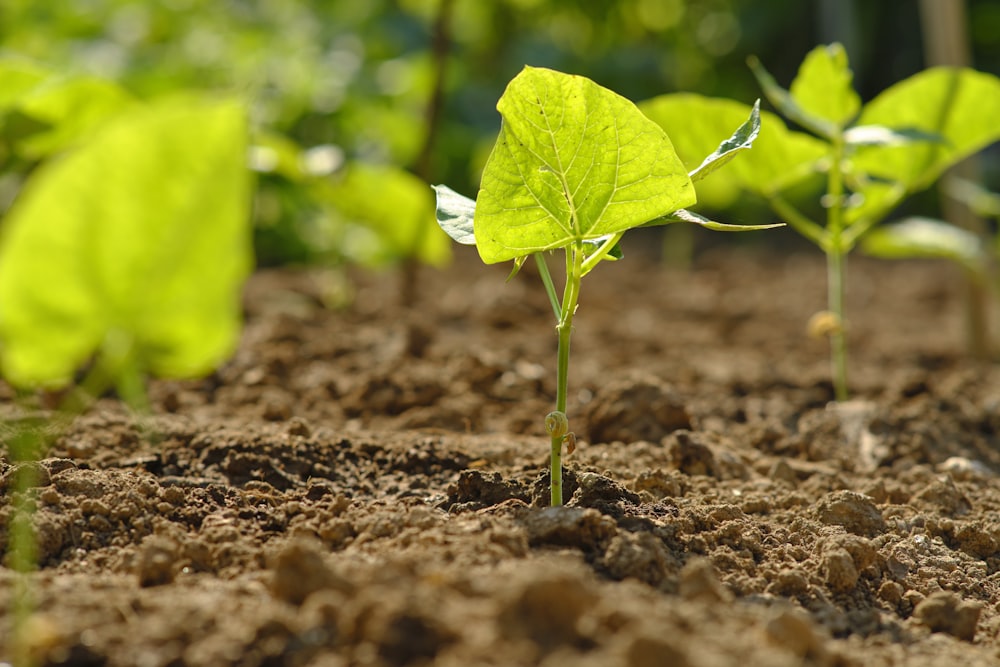Gardening, an art as old as civilization itself, offers a serene retreat for those seeking solace in the beauty of nature. This article is your guide to transforming any garden into a canvas of vibrant colors, intriguing textures, and soothing scents. Whether you have sprawling acres or a modest balcony space, our tailored tips will help you harness the potential of your green sanctuary. From novice planters to seasoned green thumbs, this guide promises to enlighten and inspire all who wish to enrich their connection with nature’s bounty.
1. Know Your Zone
Understanding the climate of your area is fundamental in selecting plants that will flourish in your garden. The USDA Hardiness Zone Map is an invaluable tool that helps gardeners make informed decisions about what to plant based on the average minimum temperature of their specific region.
With knowledge of your zone, you can create a garden that blooms throughout the seasons. Selecting the right plants not only ensures their survival but also reduces the amount of upkeep required. This strategic approach allows you to enjoy the fruits of your labor with minimal distress. Answers to questions such as why choose copper planters may be found online or in your local gardening store. Make sure to do research on everything that might affect your garden.
2. Soil Savvy
The key to a thriving garden lies beneath the surface. Testing your soil provides crucial information about its pH level and nutrient makeup, allowing you to make adjustments or select plants suited to your soil conditions.
Amending your soil with compost or other organic matter can dramatically improve its quality, promoting healthy plant growth. Remember, healthy soil equals healthy plants; investing time in understanding and improving your soil can lead to a flourishing garden. It’s also important to regularly check the soil moisture levels and make sure to water your plants accordingly.
3. Water Wisely
Water is life for your garden, but knowing how much to water and when is critical. Over-watering can be just as harmful as under-watering, leading to root rot and plant diseases.
Implementing a watering schedule based on the needs of your plants, along with using methods such as drip irrigation, can conserve water and ensure that your plants receive the right amount of moisture. Early morning is often the best time to water, reducing evaporation and giving your plants a great start to the day.
4. Maximizing Space
Even the smallest spaces can yield abundant harvests with the right strategies. Vertical gardening and container gardening are excellent solutions for those with limited space but unlimited gardening aspirations.
Choose plants that are compatible with the scale of your space, and consider using trellises, wall planters, or hanging baskets to maximize your garden’s vertical potential. These methods not only save space but also add a unique aesthetic to your garden landscape.
5. Attracting Pollinators
Creating a pollinator-friendly garden is not only beneficial for your plants but also supports the health of the local ecosystem. Pollinators like bees, butterflies, and birds play a crucial role in the reproduction of many plants.
Planting a variety of flowers that bloom at different times of the year ensures a constant supply of food for these essential creatures. Additionally, providing water sources and avoiding pesticides can create a haven for pollinators in your garden. If you have a vegetable garden, inviting pollinators can also increase your harvest. This symbiotic relationship benefits both the pollinators and your garden.
6. Seasonal Strategies
Gardening is a year-round activity, and planning your garden with the seasons in mind can make a significant difference. Understanding what to plant and when to plant is key to maintaining a vibrant garden throughout the year. It’s also important to prioritize maintenance tasks, such as pruning and fertilizing, according to the season.
Incorporate plants that have varying bloom times to ensure continuous color and interest. Also, take advantage of off-seasons to prepare your garden for the upcoming planting season, such as mulching in the fall to protect overwintering plants and enriching the soil for spring planting. In addition, planting cover crops in the winter can improve soil health and prevent weeds from taking over. It’s all about planning and utilizing the natural rhythms of each season to elevate your garden’s charm.
As you embark on your gardening journey, keep these practical tips in mind to elevate your garden’s charm. With a little planning, knowledge, and dedication, you can transform any outdoor space into a stunning oasis that will bring joy for years to come. By investing in your garden, you are investing in the beauty and vitality of nature – a truly priceless endeavor. Most importantly, have fun and enjoy the process of creating your perfect plant paradise! With these tips, your garden is sure to be a source of pride and wonder for all who visit.
Photo credits: Unsplash


